In this article, we will delve into the fascinating world of sharks that you can encounter in the Andaman Sea...
9 species of sharks we most often encounter in the Andaman Sea
Type: The zebra shark is the sole member of the family Stegostomatidae.
It is found throughout the tropical Indo-Pacific, frequenting coral reefs and sandy flats to a depth of 62 meter.
Size: 1–3 meters.
Habitat: what site gives you the best changes to see Leopard sharks?
Divers often encounter them at Phuket Shark point resting on sandy bottoms or gracefully gliding through coral reefs.
Reproduction: Zebra sharks are oviparous, meaning they lay eggs instead of giving live birth. They can breed year-round without a distinct mating season. However, they tend to lay their eggs within a 112-day period, typically laying only 3-4 eggs at a time. The eggs are enclosed in brownish-purple casings known as "mermaid purses." After four to six months, the eggs hatch, and the juvenile zebra sharks can fend for themselves and search for food.
Type: Requiem shark in the Carcharhinidae family
What site gives you the best changes to see White tip reef sharks? Divers often encounter them close to deep drop offs in the Similan islands such as elephant head rock or 3 trees.
Reproduction: this species is placental viviparous. Fertilization occurs internally, and the embryos receive nourishment initially from the yolk sac. Later, the yolk stalk converts into an umbilical cord, and the yolk sac transforms into a placenta.
This placental connection allows the embryos to receive nourishment and engage in metabolic exchanges with the mother shark during the gestation period, which lasts for at least five months. This aslo means these sharks have a belly button! Litters of white tip reef sharks consist of 1-5 pups. The length of the newborn pups ranges from 52 to 60 cm. There is no parental care provided by the mother shark after giving birth to the pups.
Type: Requiem shark in the Carcharhinidae family
What site gives you the best changes to see Black tip reef sharks?
Divers often encounter them in shallow waters and Bida Nok in Phi Phi national park gives you the best chance to see several of them if you remain motionless and quiet.
Reproduction: Black tip reef sharks are viviparous, meaning they give live birth to fully developed pups. After a gestation period lasting seven to sixteen months, varying by geographic location, two to four pups are born, they measure 30 to 50 cm. The female possesses two separate uteruses, each dedicated to nurturing an individual embryo.
Type: Carpet shark in the Ginglymostomatidae family
Size: 27cm at birth to up to 4 meters
What site gives you the best changes to see Nurse sharks? The best site to see Nurse shark in our area is around the Burma banks and quiet caves in Mergui Archipelago. While they can be spotted in Thailand, it is more of a rare, less predictable occurance.
Reproduction: an aplacental viviparous species (without a yolk-sac placenta). 20-50 pups per litter. DNA analysis has shown that litters contain young from multiple males.
Type: Largest of the Carcharinid Sharks
Habitat/ What site gives you the best changes to see Tiger sharks? Tigersharks are very rarely spotted in Thailand and Myanmar, we've seen 3 individuals in 12 years of diving the Andaman Sea! Encounters occurred at the Burma Banks, Surin islands and Shark point int he south of the Similan islands.
Reproduction: The tiger shark is the only aplacental viviparous carcharinid, lacking a placental connection to the uterus. Embryos develop in protective shells with a yellowish fluid. They have partially everted stomachs, potentially absorbing extra nutrients from the fluid, resulting in larger pups at birth. Do not confuse Tiger shark and sand tiger sharks. Unlike sand tiger sharks (Carcharias taurus), tiger sharks (Galeocerdo cuvier) do not practice intrauterine cannibalism, refraining from consuming their siblings in the womb.
Type: Requiem shark in the Carcharhinidae family
Habitat/ What site gives you the best changes to see Silvertip sharks? While it generally prefers offshore habitats, it can also be encountered in the Andaman Sea, including the waters around Burma.
Reproduction: Silvertip sharks are a viviparous species with a yolk-sac placenta. Each litter typically consists of 1 to 11 pups. The gestation period of silvertip sharks lasts around 12 months. During this time, the embryos develop inside the mother's uterus, receiving nourishment from a yolk-sac placenta.
The grey bamboo shark, with a maximum length of around 80cm, prefers a diet consisting mainly of shrimp, crabs, worms, and other small fish. These sharks have a more leisurely pace and tend to stick close to the ocean floor or find cozy hideouts. It's worth noting that they often get mistaken for other bamboo shark species or even their distant (much larger) relative, the nurse shark.
Type: Carpet shark in the Hemiscylliidae family
Size: Maximum size 80cm. Size at birth less than 13-18cm.
Habitat/ What site gives you the best changes to see bamboo sharks? Volcano and square rocks at the south of Mergui Archipelago have plenty of hiding spots favoured by bamboo sharks but as they lay quite deep into the cracks, you will need the help of a good guide to find them!
Reproduction: bamboo sharks are oviparous. A single egg case develops in each uterus.
Their eggs hatch after 14 to 15 weeks of incubation. One captive female stored sperm for 45 months before fertilization!
The coral catshark, is a species that is commonly found in the Andaman Sea, including the waters around Burma.
The coral catshark is known for its distinctive appearance, with a marbled pattern of dark spots and blotches on its body. It is a small shark species, typically reaching a maximum length of about 70 centimeters. These sharks are primarily found in shallow, tropical waters, often inhabiting coral reefs and rocky areas.
Like other catsharks, the coral catshark is nocturnal and spends much of its time resting on the seabed during the day. At night, it becomes more active, hunting for small fishes, crustaceans, and other invertebrates. These sharks have slender bodies and are well adapted to navigating through the crevices and coral structures of their reef habitats.
In the Andaman Sea and Burma, the coral catshark is one of the many species that contribute to the rich biodiversity of the region's marine ecosystems. It serves as an important part of the food chain and plays a role in maintaining the balance of the reef ecosystem.
Type: is a species of catshark in the Scyliorhinidae family
Habitat/ What site gives you the best changes to see coral Catsharks?
Steps, a dive site near Koh Lipe in our South Andaman itineraries is your surest bet to sea coral catsharks.
Reproduction: Cat sharks are oviparous (meaning, they lay eggs that hatch after 1 to 6 weeks of incubation). Their eggs are layed in pair.
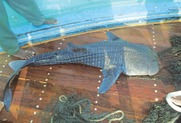
Type: Filter feeding sharks in the rhincodontidae family
Habitat/ What site gives you the best changes to see Whale sharks?
While Whalesharks can be spotted anywhere in Thai waters, the Andaman Sea offers several prime locations for shark encounters, such as the Richelieu Rock in the North or Hin Deang, Hin Muang and 8 Mile Rock in the South of Thailand. Renowned for their abundance of marine life including whale sharks, the Mergui Archipelago in Myanmar is also a great spot where divers can witness a diverse range of shark species including whale sharks.
Reproduction: Limited information is available regarding the reproductive process of whale sharks. Male whale sharks are considered sexually mature when they reach a length of 8-9 m and can be identified by the presence of claspers near the pelvic fin. However, the size at which females reach maturity is unknown, as well as the existence and location of specific breeding grounds.
Whale sharks are believed to be ovoviviparous (aplacental viviparity), meaning that eggs develop inside the female's body and hatch internally. The embryos lack a placental connection with the mother and are initially nourished by the yolk sac, followed by uterine milk secreted by villi in the internal uterine wall. Once the embryos reach full term, they are live born.
A female whale shark harpooned off the coast of Taiwan contained approximately 300 embryos in her two uteri, ranging in size from 42 to 63 cm. It is suggested that newborn pups typically measure between 55 to 64 cm in length. Similar to other shark species, parental care is not observed in whale sharks.
Learn more about the mystery of baby whale sharks here.
Final Thought
Diving in the Andaman Sea presents a thrilling opportunity to witness the beauty and grandeur of these fascinating sharks. As ambassadors of the ocean, it is our duty to cherish and respect these magnificent creatures, ensuring their preservation for generations to come.
Attention passionate divers! If you're eager to dive deeper into the world of gentle giants, then the Whale Sharks Special Expedition is an absolute must for you!
Join us on an unforgettable journey through the North and South Andaman Sea, where you'll have the incredible opportunity to learn about these magnificent creatures firsthand. Our expert marine biologist, Kirsty Magson from the esteemed Thailand Whale Shark Project, will provide captivating daily presentations on the mesmerizing world of Whale Sharks. Prepare to be enlightened, inspired, and amazed by this unique expedition!

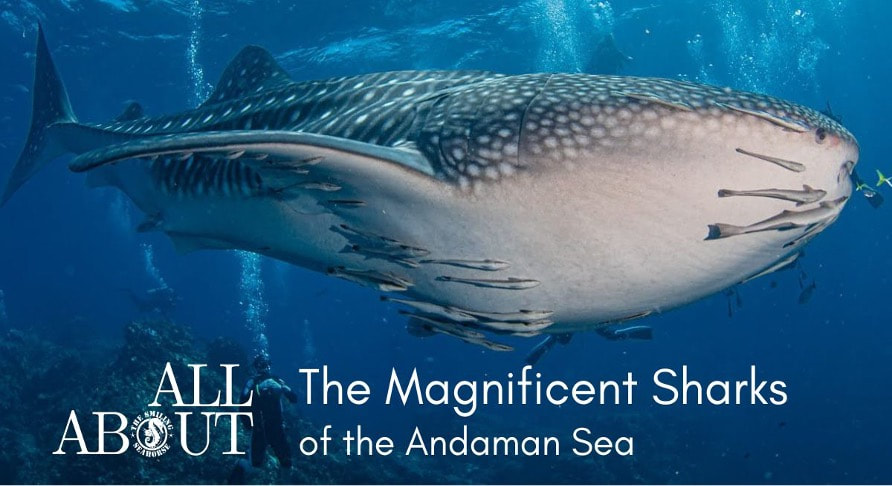
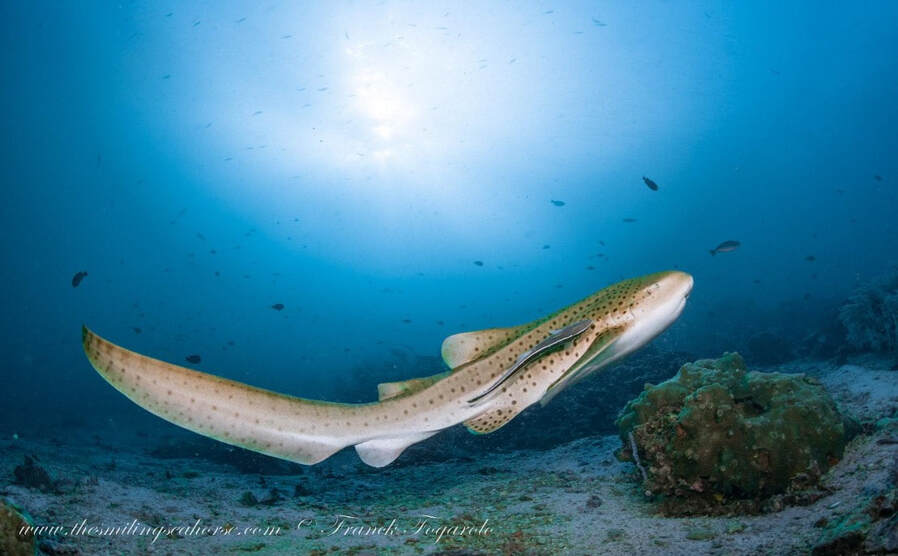
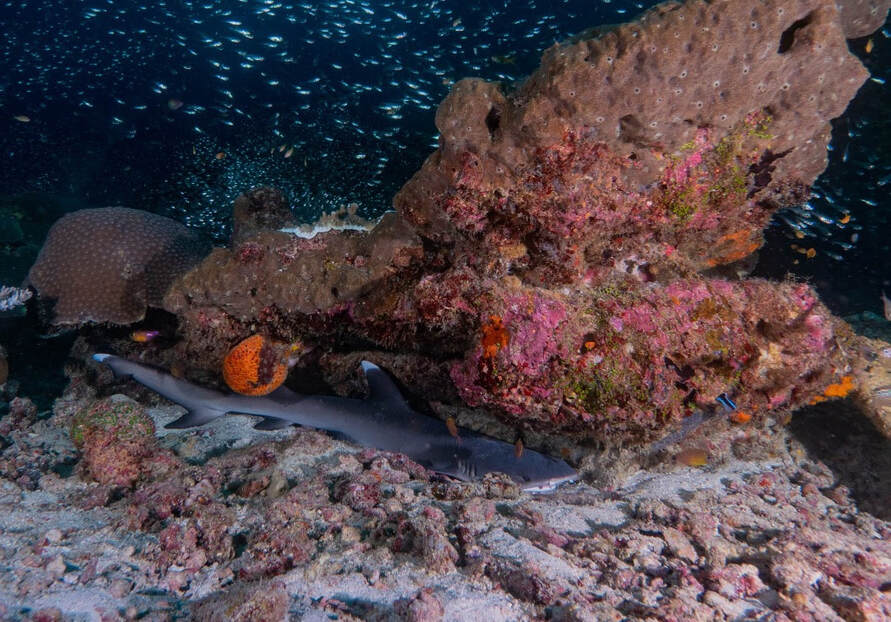
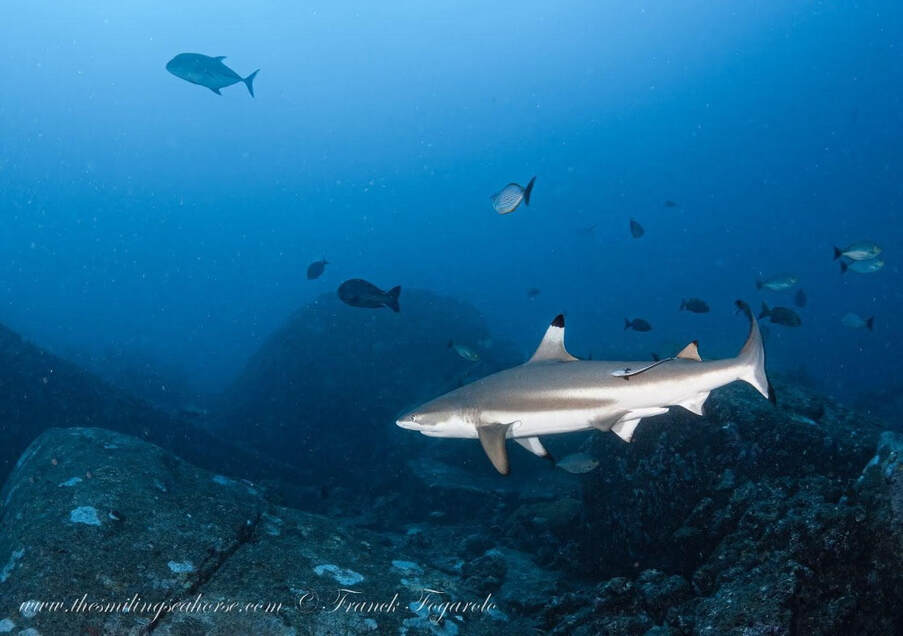
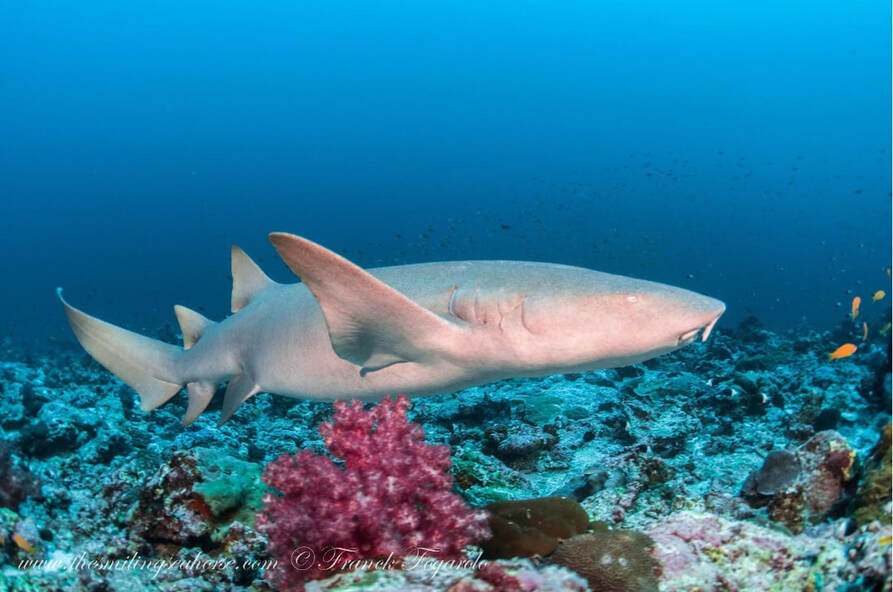

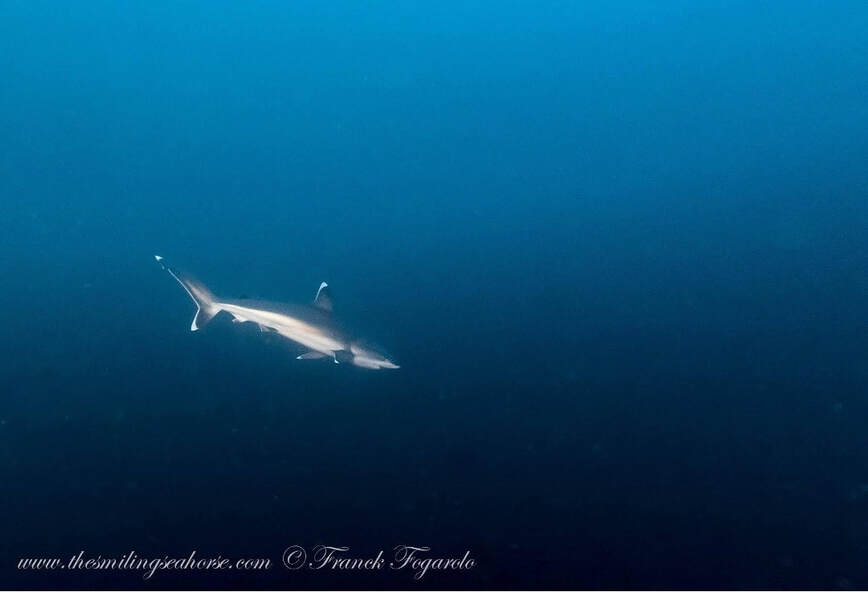
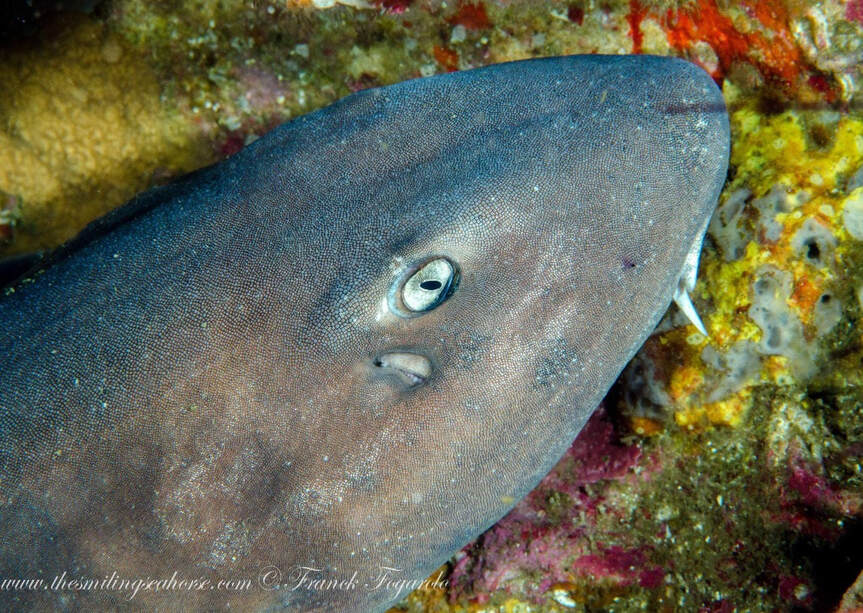


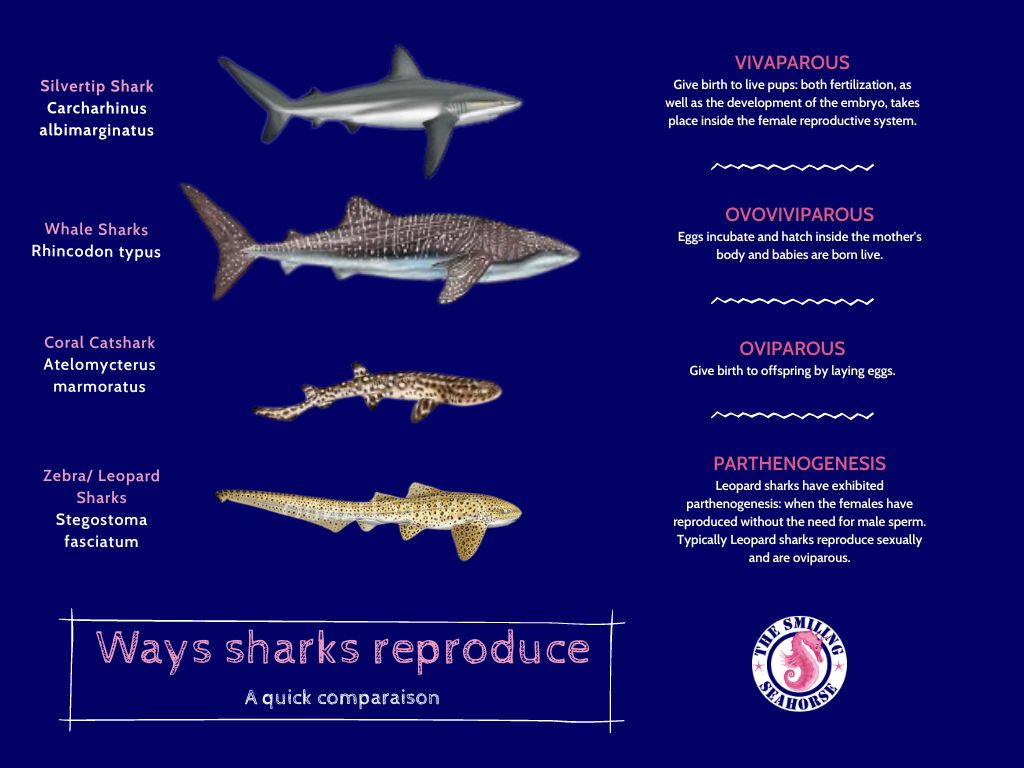
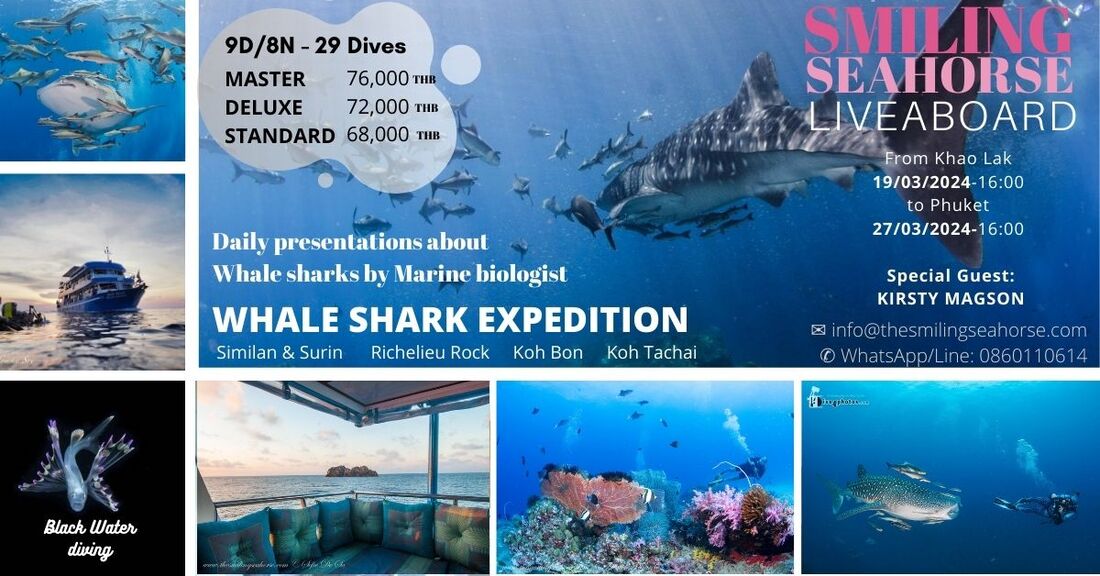
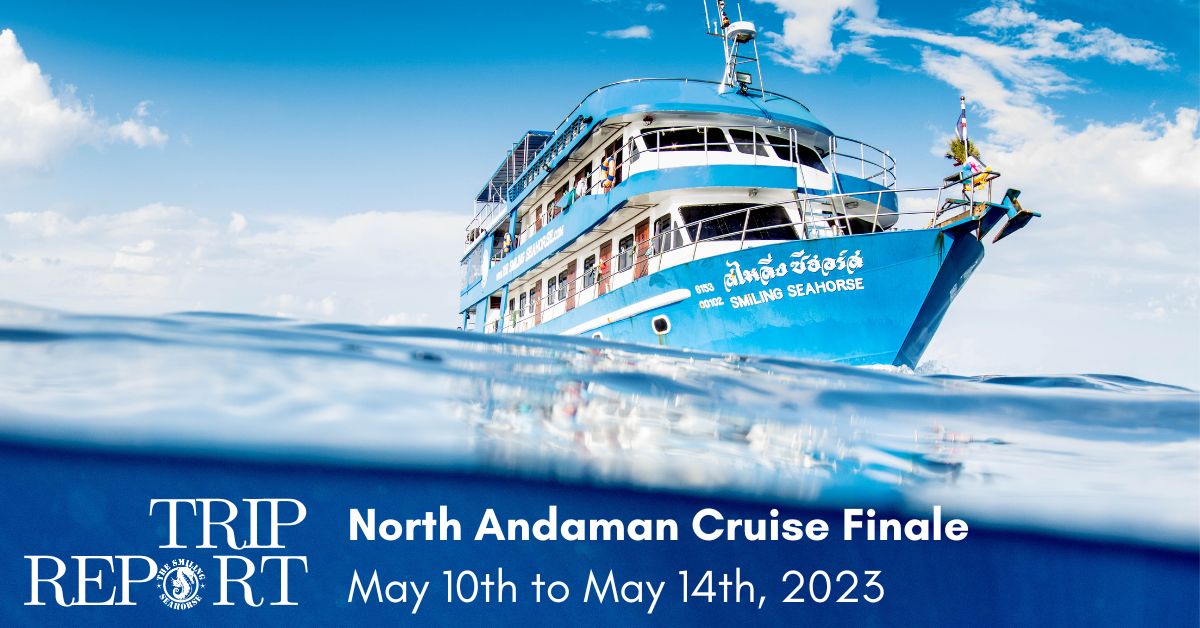
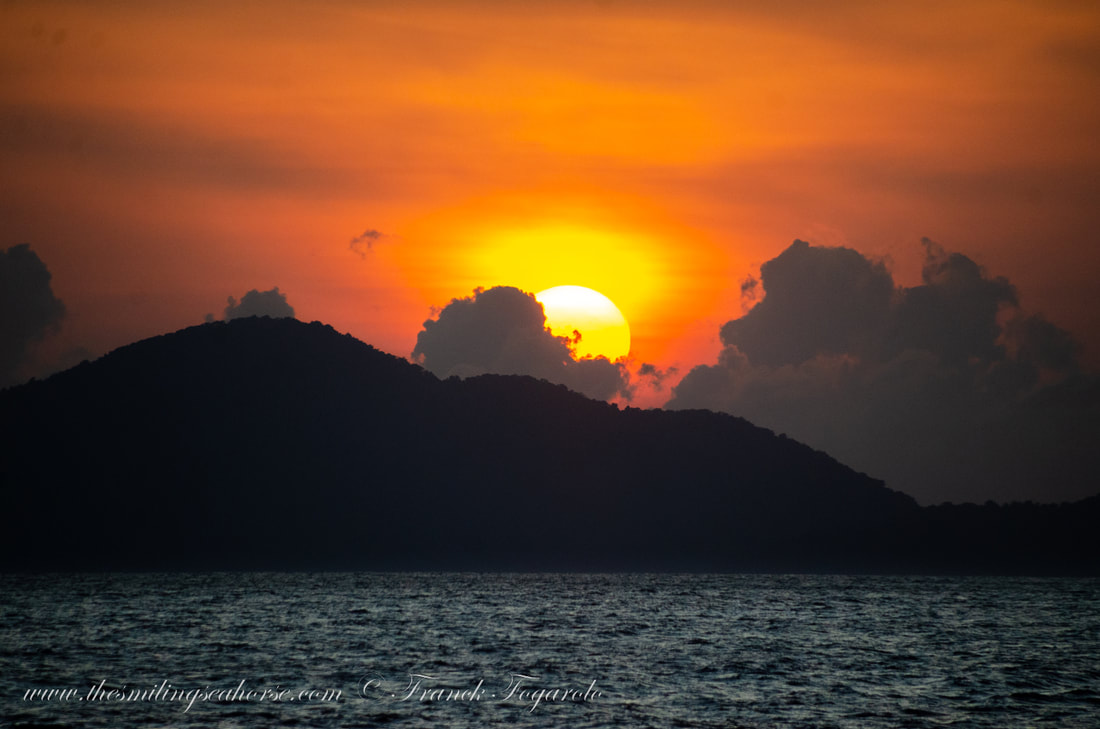
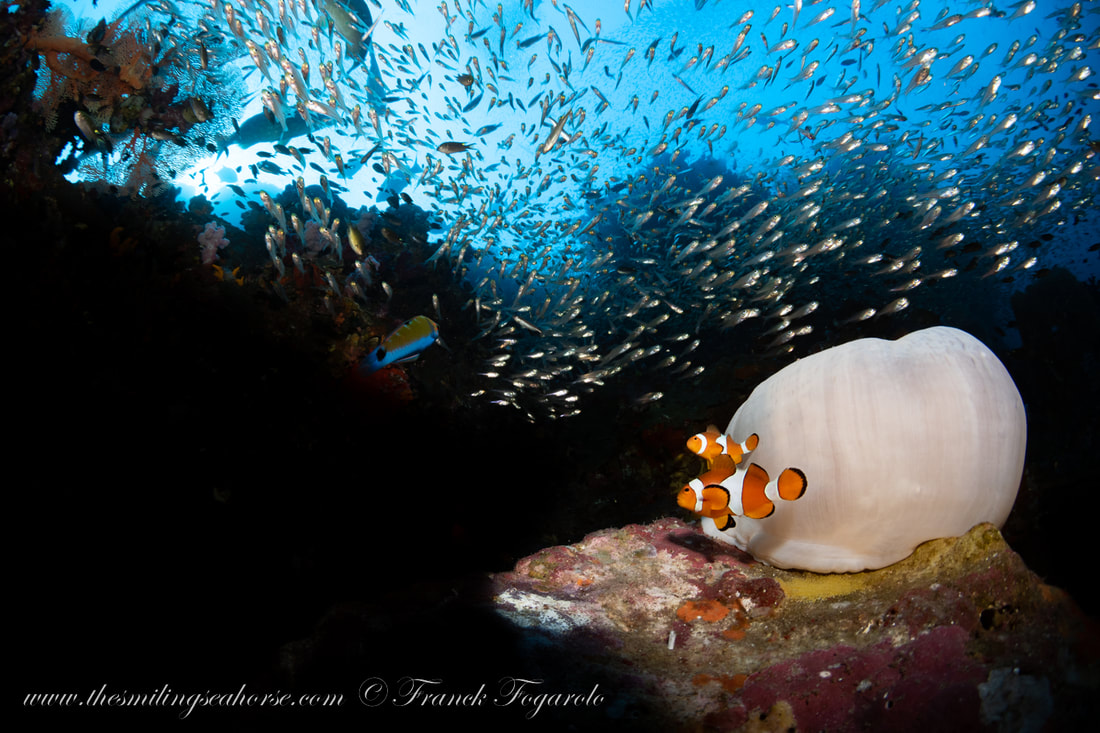
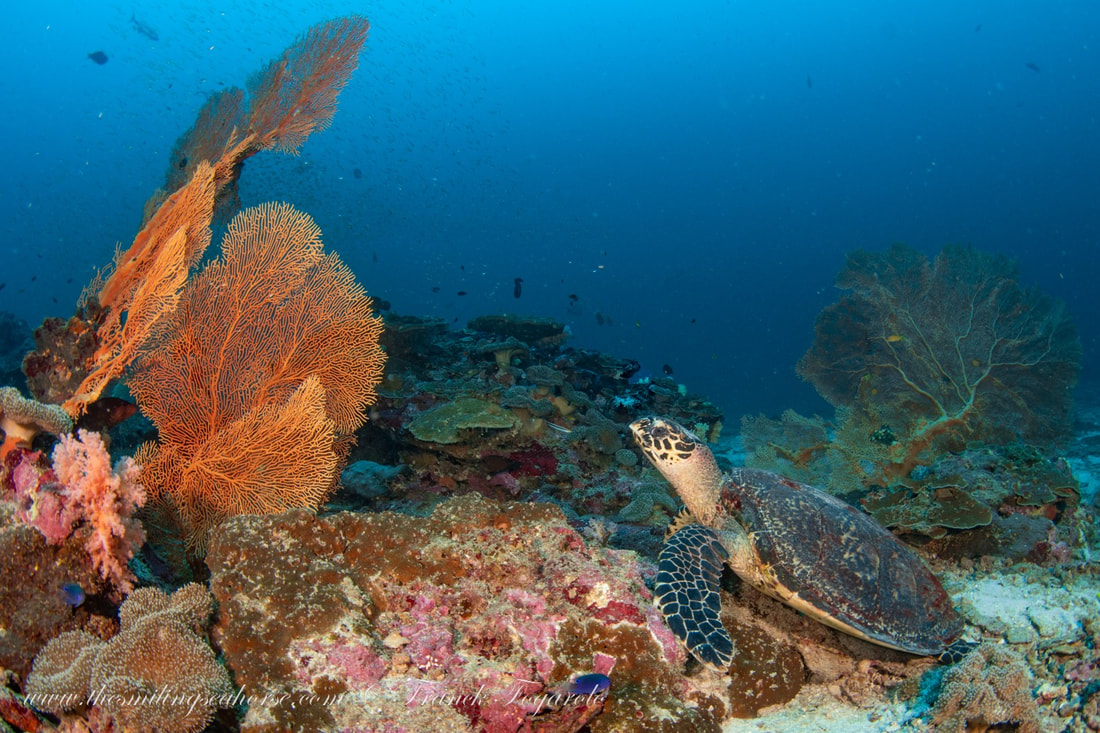
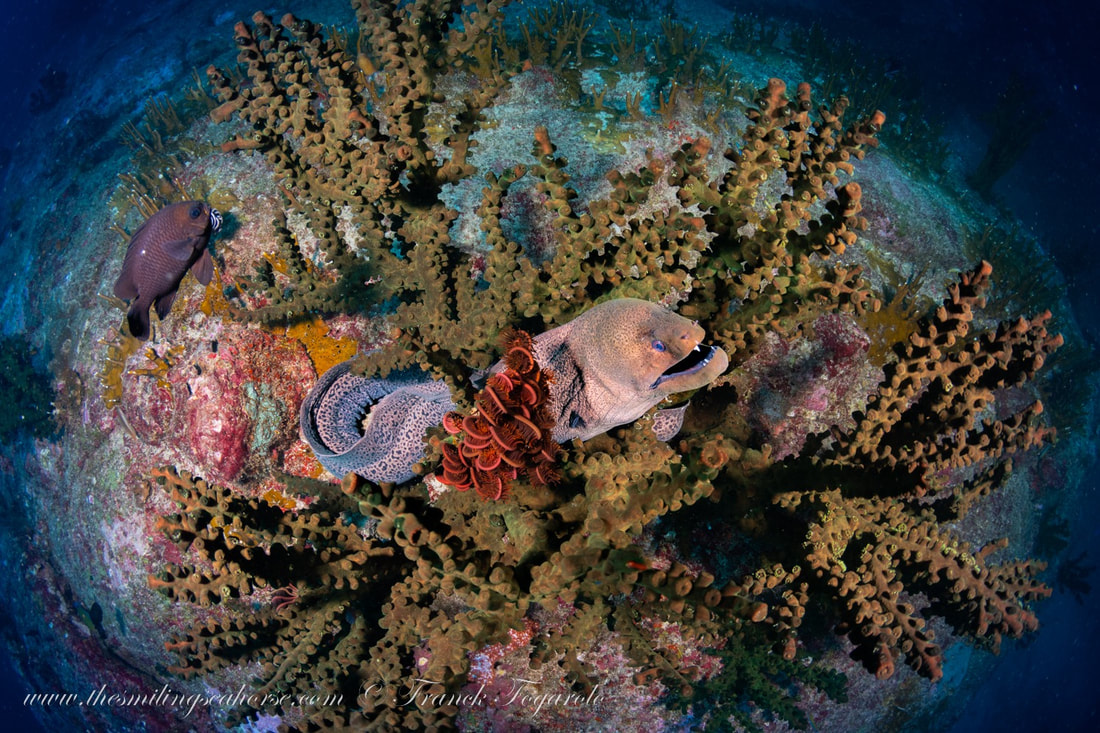
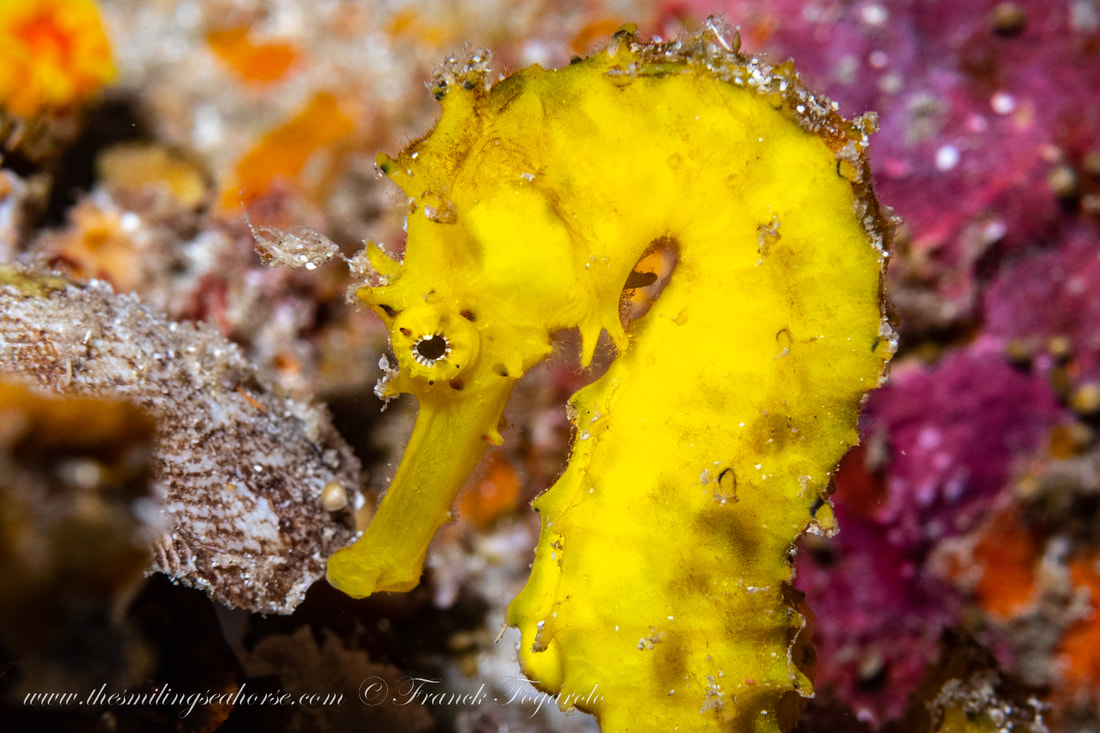
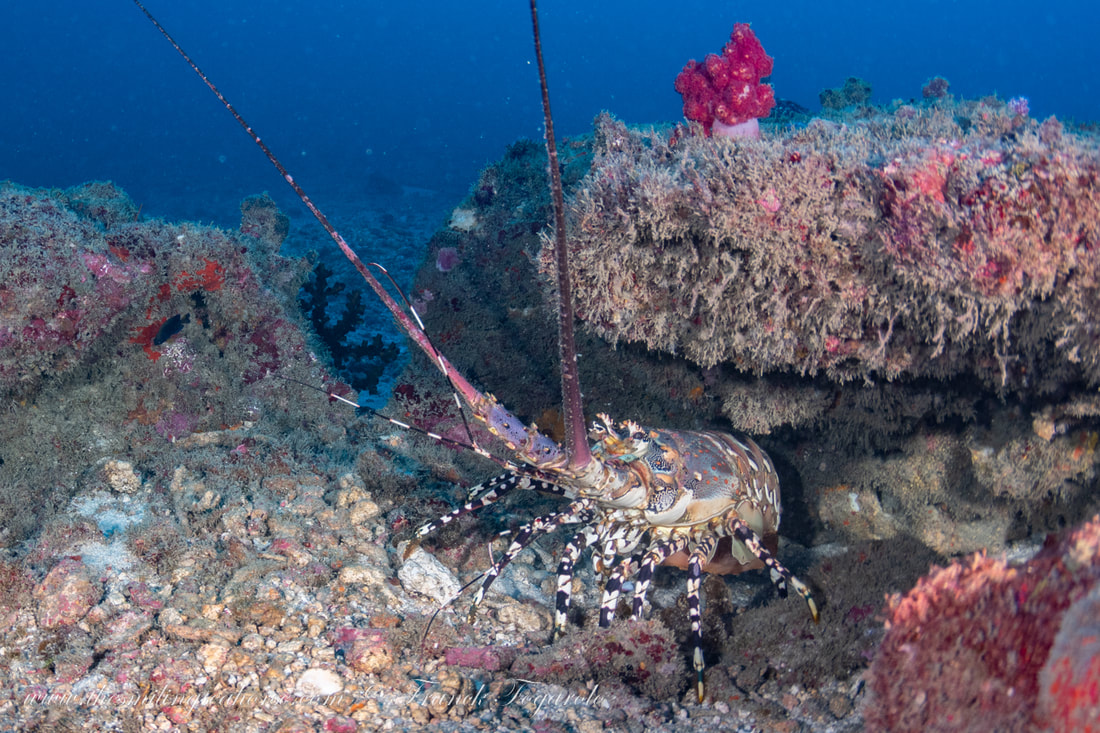
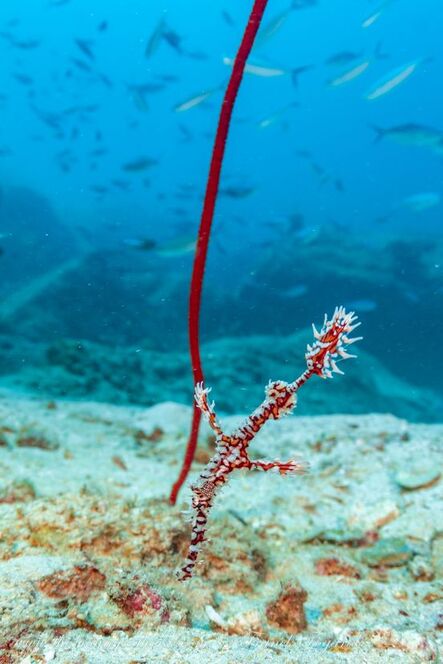
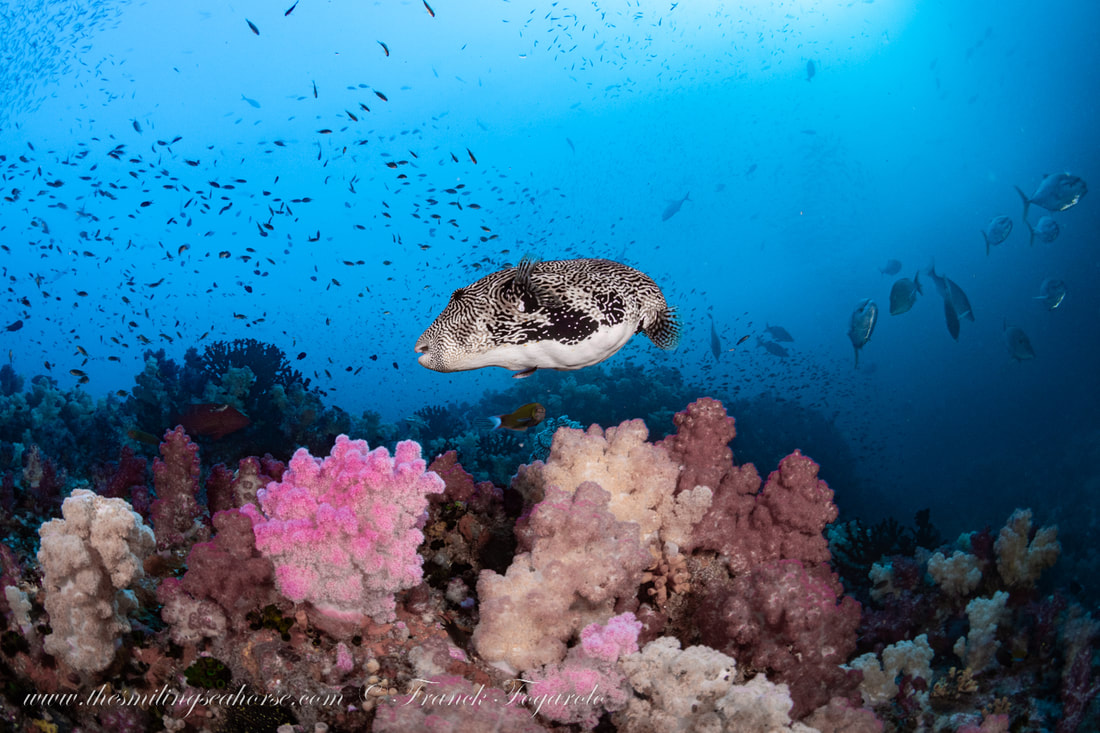
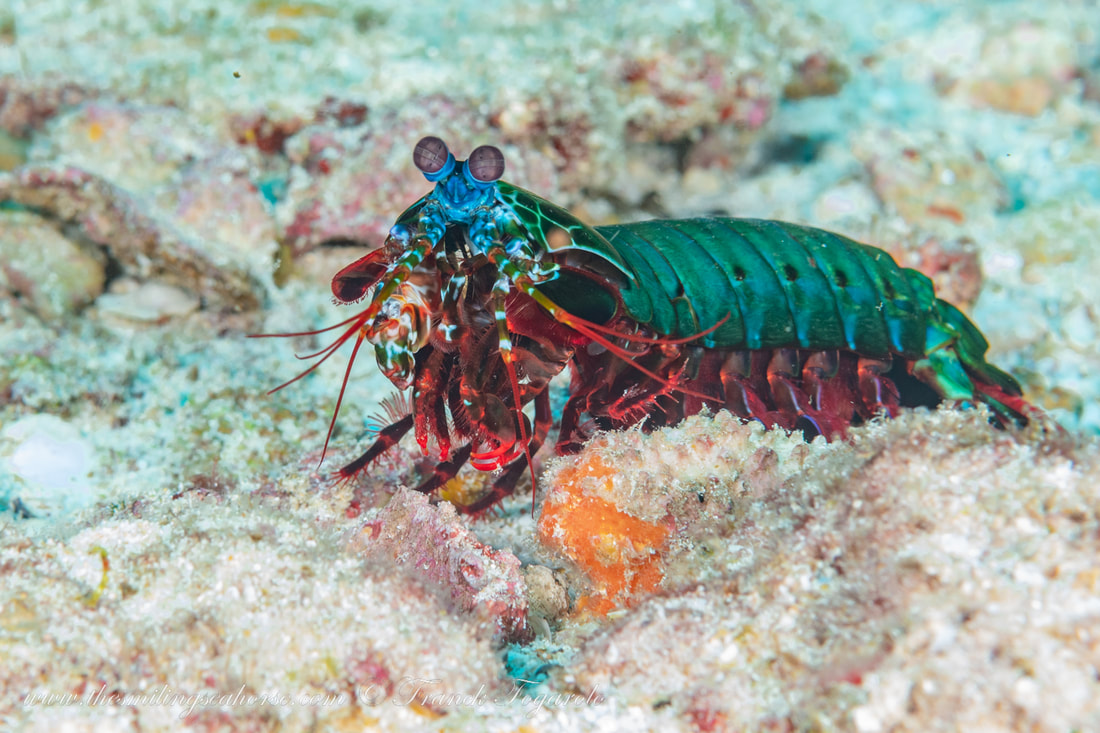
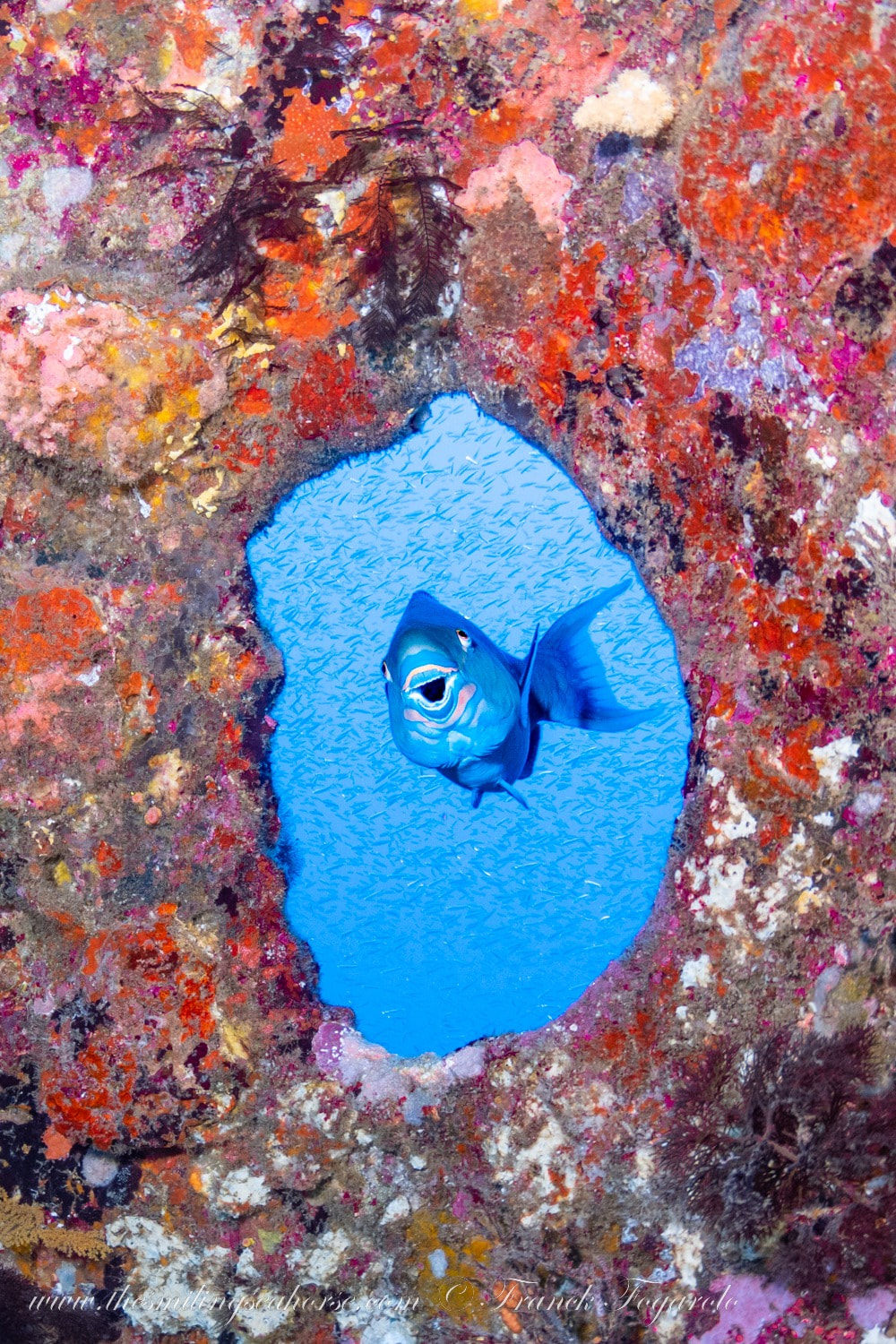
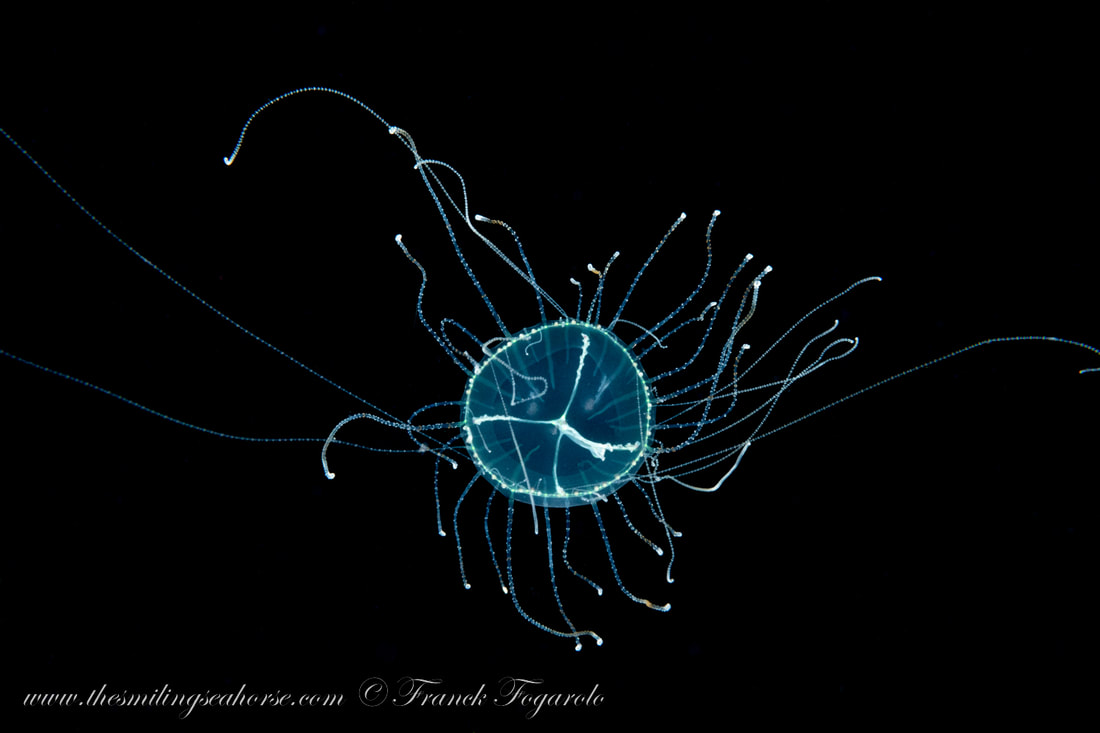
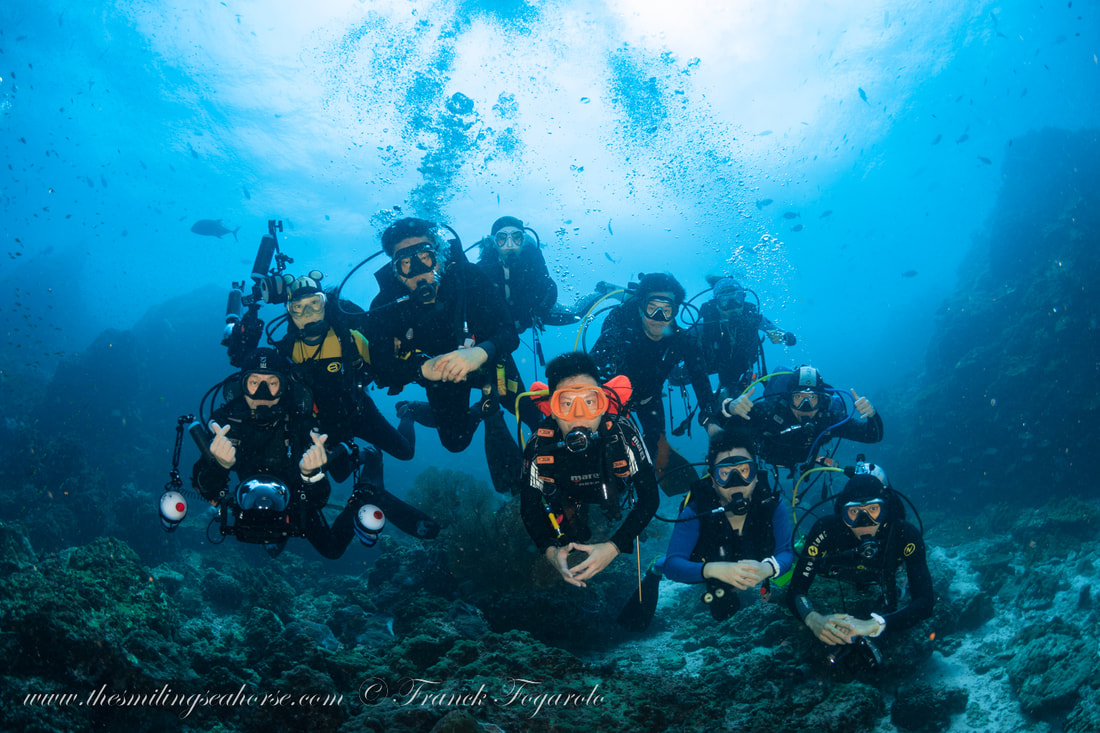

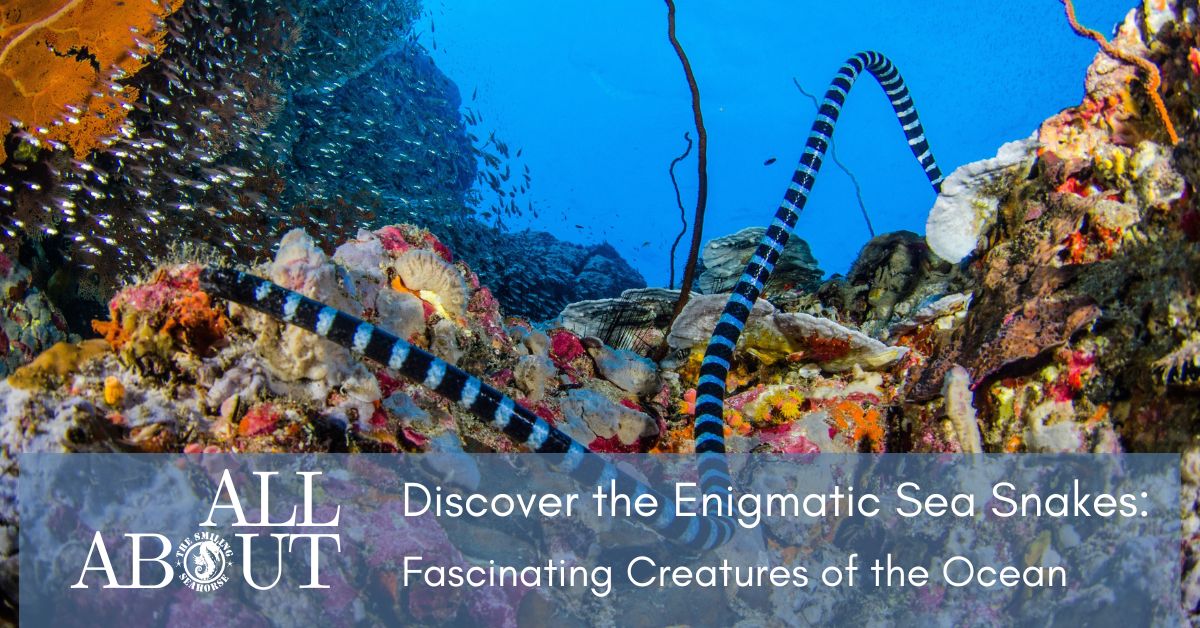
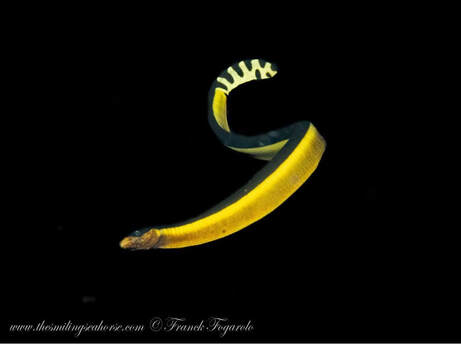
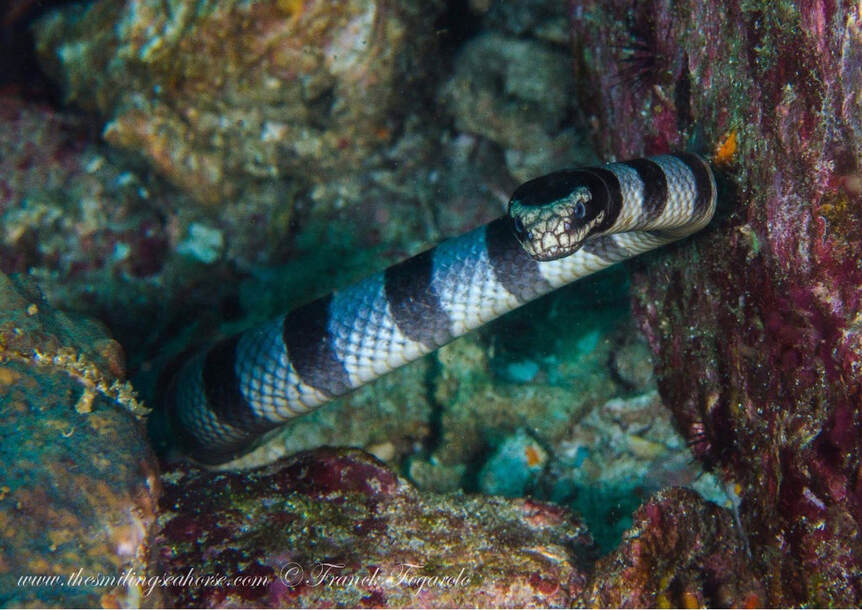
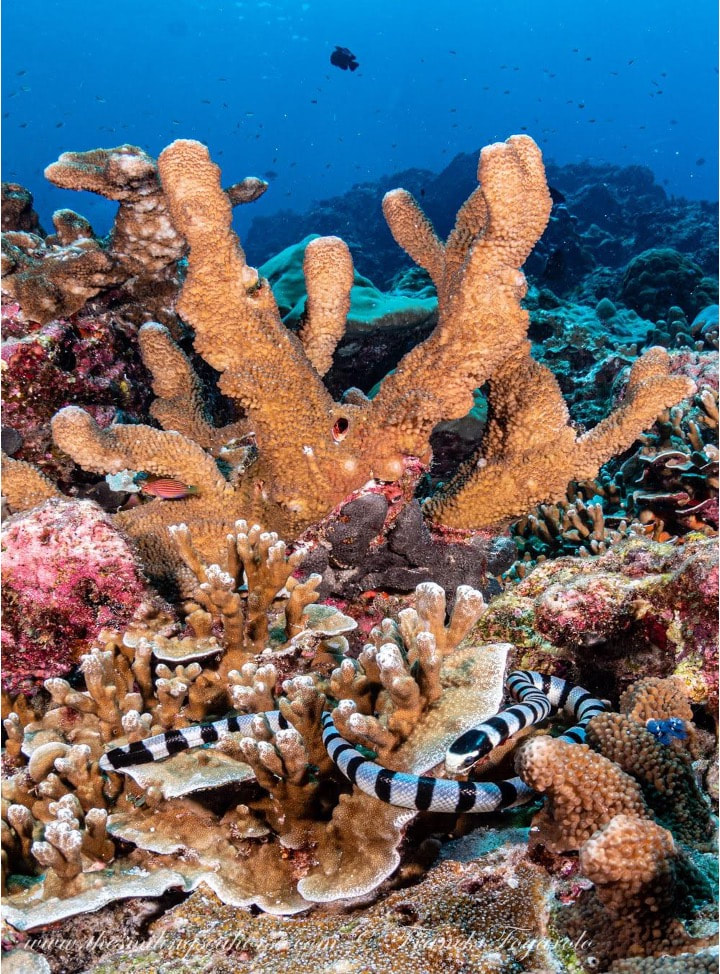

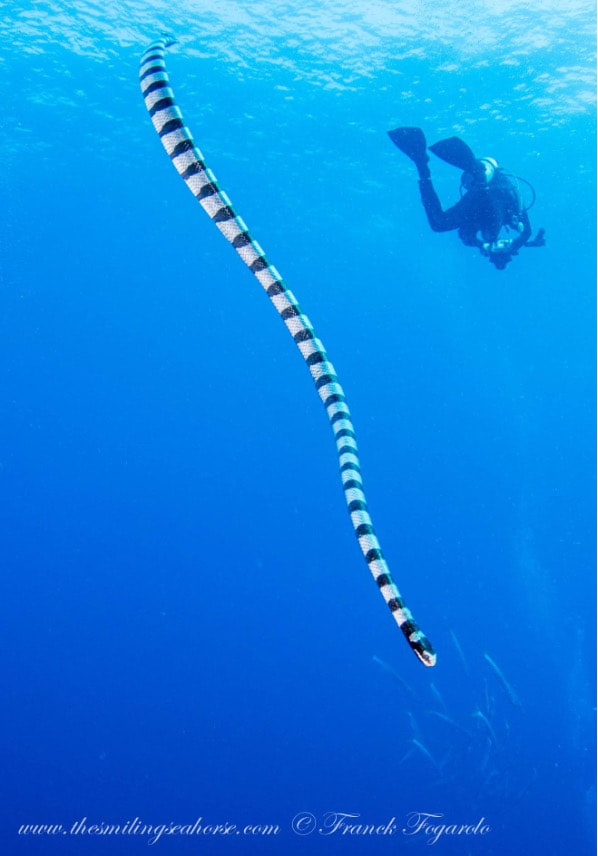
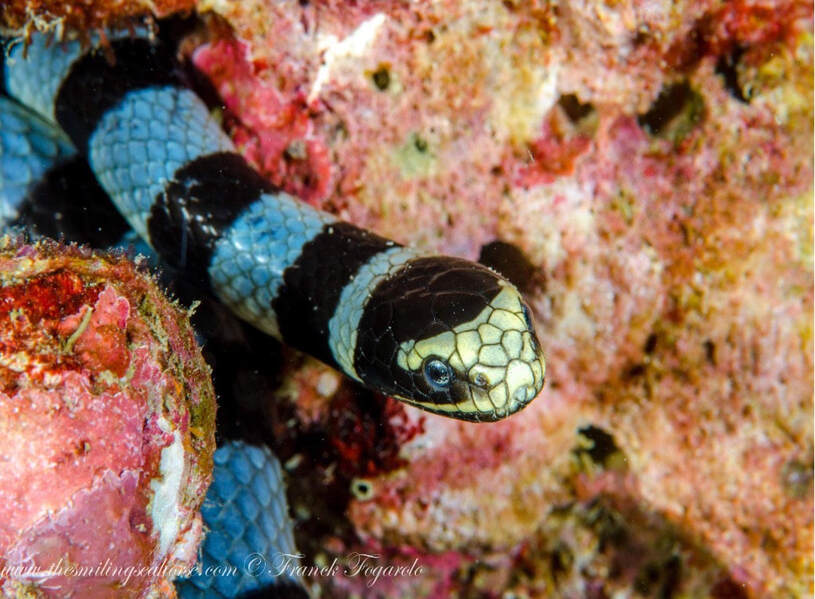
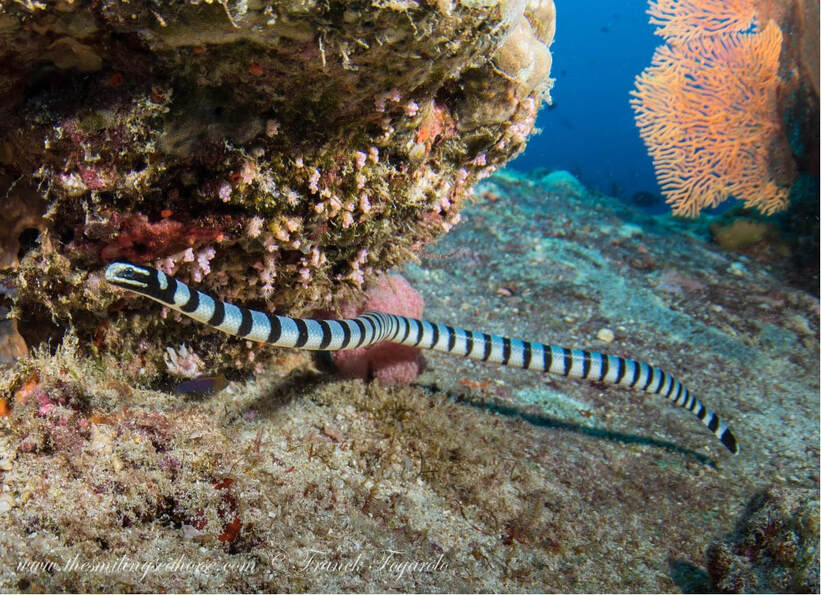
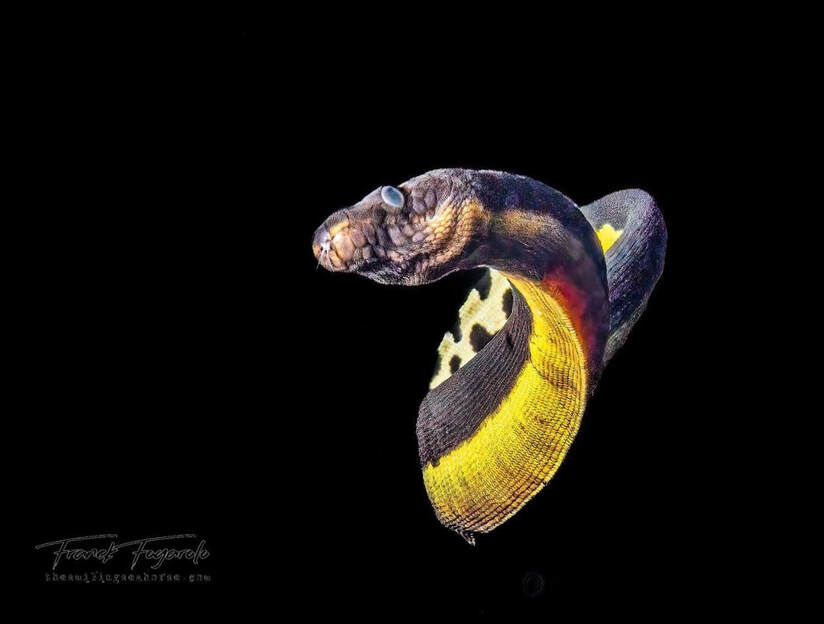
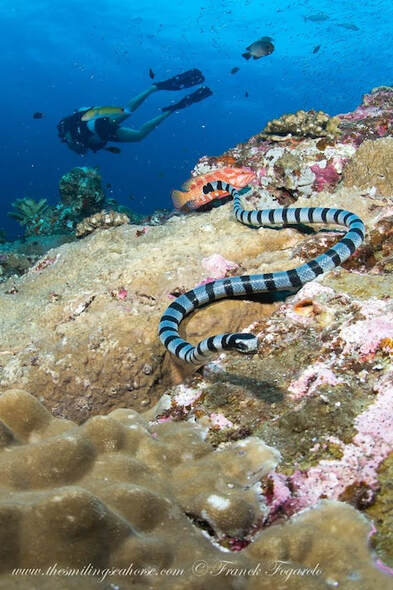
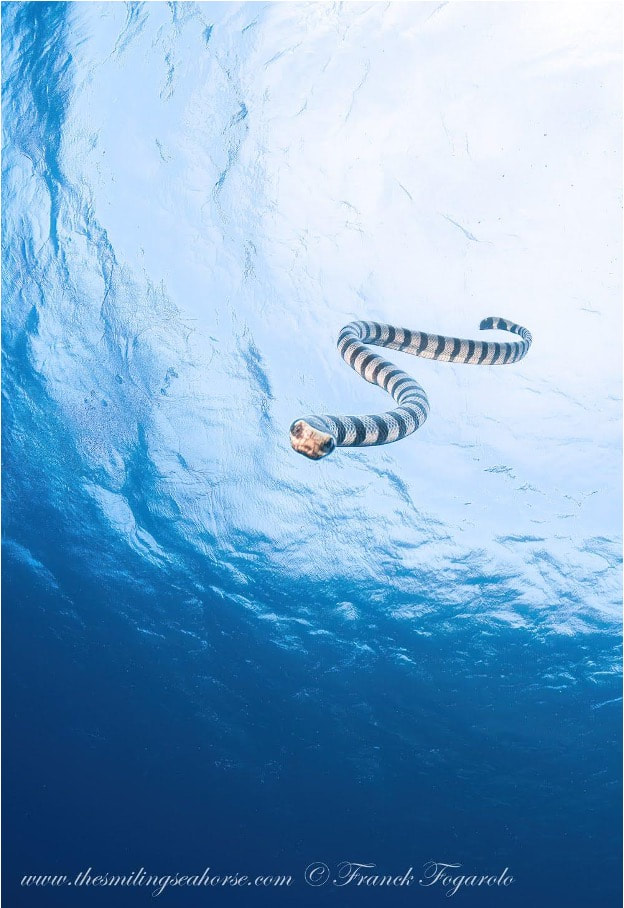
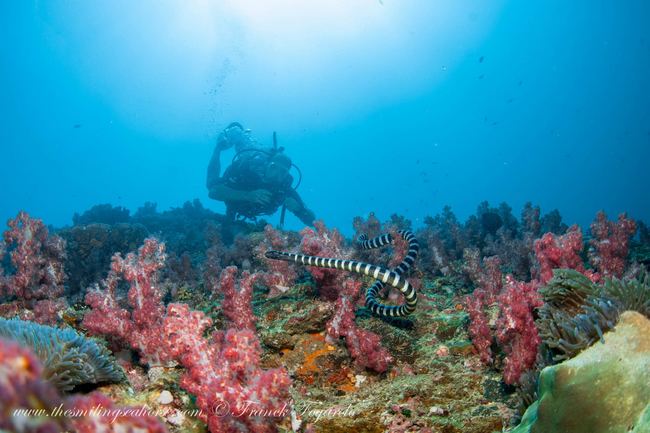


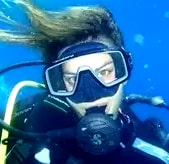

 RSS Feed
RSS Feed




